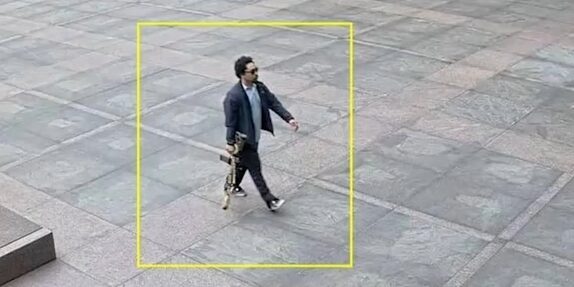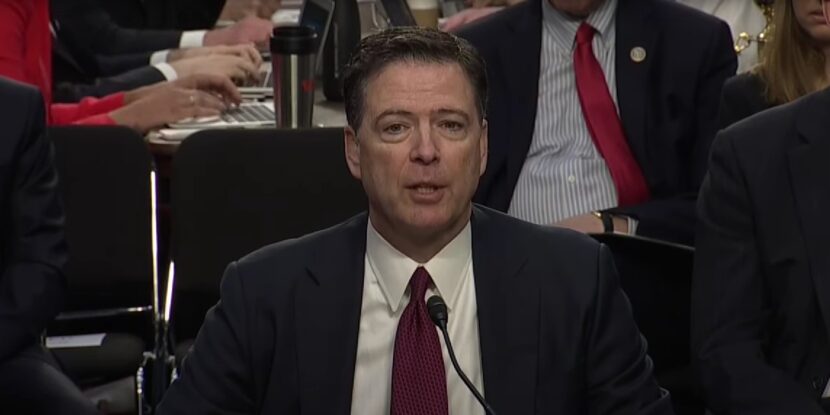❓WHAT HAPPENED: U.S. Immigration and Customs Enforcement (ICE) agents arrested the Superintendent of Des Moines Public Schools, an illegal alien with a prior weapons arrest who fled from officers.
👤WHO WAS INVOLVED: Dr. Ian Andre Roberts, an illegal alien from Guyana, ICE agents, and Iowa State Patrol.
📍WHEN & WHERE: September 26, 2025, in Des Moines, Iowa.
💬KEY QUOTE: “This should be a wake-up call for our communities to the great work that our officers are doing every day to remove public safety threats.” – Sam Olson, ICE Enforcement and Removal Operations (ERO) St. Paul Field Office Director.
🎯IMPACT: Roberts’s arrest raises concerns over hiring practices and public safety in Des Moines Public Schools.
U.S. Immigration and Customs Enforcement (ICE) agents have apprehended Dr. Ian Andre Roberts, the Superintendent of Des Moines Public Schools, after he was identified as an illegal alien from Guyana with a history of weapons-related charges. The arrest took place during a targeted enforcement operation.
Roberts reportedly fled in his vehicle when ICE agents revealed their identity, leading to a chase that ended with him abandoning his car and hiding in nearby shrubbery. He was eventually located and taken into custody with the assistance of an Iowa State Police K9 unit.
During the arrest, agents discovered a loaded Glock 19, a fixed-blade hunting knife, and $3,000 in cash in Roberts’s vehicle. The presence of these items has prompted an investigation by the Bureau of Alcohol, Tobacco, Firearms, and Explosives (ATF), as federal law prohibits individuals without legal status from possessing firearms and ammunition.
Roberts, who entered the U.S. on a student visa in 1999, had been ordered to be removed from the country in May 2024. Despite this, he continued to serve as the Superintendent of Des Moines Public Schools without proper work authorization.
Sam Olson, ICE Enforcement and Removal Operations (ERO) St. Paul Field Office Director, expressed concern over how Roberts was hired despite his illegal status and prior charges, emphasizing the importance of federal officers’ ongoing efforts to ensure public safety.
Photo of the gun recovered by ICE agents in Dr. Robert’s vehicle today, per senior ICE official. FOX is told it was a loaded Glock 19. pic.twitter.com/Cu7fqVqusM
— Bill Melugin (@BillMelugin_) September 26, 2025
Join Pulse+ to comment below, and receive exclusive e-mail analyses.










